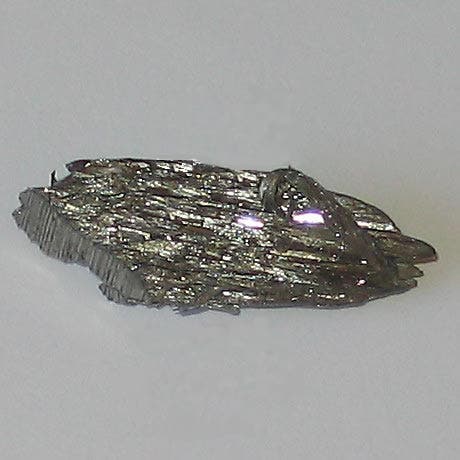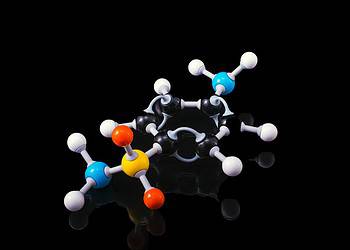Hey molybdenum, is it me or are you looking chubbier these days?
The International Union of Pure and Applied Chemistry (IUPAC) has conducted more precise measurements, changing the official atomic weight of 19 elements. The changes are very small, but they are proof of technological improvements and are part of a regular effort to update atomic weights.
In case highschool chemistry was a long time ago (or you didn’t do it yet), here’s a short reminder: every atom of an element has the same number of protons – that’s what makes it that element. But the same element could have more or less neutrons – these species are called isotopes. For example, carbon-12, carbon-13 and carbon-14 are three isotopes of the element carbon with mass numbers 12, 13 and 14 respectively.
The atomic mass is the mass of an atomic particle, sub-atomic particle, or molecule; by international agreement alone, the standard atomic mass unit is defined as 1/12 of the mass of a single carbon-12 atom (at rest). The atomic weight is relative, and it has no unit of measure.
The winners and the losers




Here’s the full list:
aluminium (aluminum): from 26.981 5386(8) to 26.981 5385(7)
arsenic: from 74.921 60(2) to 74.921 595(6)
beryllium: from 9.012 182(3) to 9.012 1831(5)
cadmium: from 112.411(8) to 112.414(4)
caesium (cesium): from 132.905 4519(2) to 132.905 451 96(6)
cobalt: from 58.933 195(5) to 58.933 194(4)
fluorine: from 18.998 4032(5) to 18.998 403 163(6)
gold: from 196.966 569(4) to 196.966 569(5)
holmium: from 164.930 32(2) to 164.930 33(2)
manganese: from 54.938 045(5) to 54.938 044(3)
molybdenum: from 95.96(2) to 95.95(1)
niobium: from 92.906 38(2) to 92.906 37(2)
phosphorus: from 30.973 762(2) to 30.973 761 998(5)
praseodymium: from 140.907 65(2) to 140.907 66(2)
scandium: from 44.955 912(6) to 44.955 908(5)
selenium: from 78.96(3) to 78.971(8)
thorium: from 232.038 06(2) to 232.0377(4)
thulium: from 168.934 21(2) to 168.934 22(2)
yttrium: from 88.905 85(2) to 88.905 84(2)
These changes in the standard atomic weights will be published in a new “Table of Standard Atomic Weights 2013”, which will be published in Pure and Applied Chemistry in 2014.
Via IUPAC.






